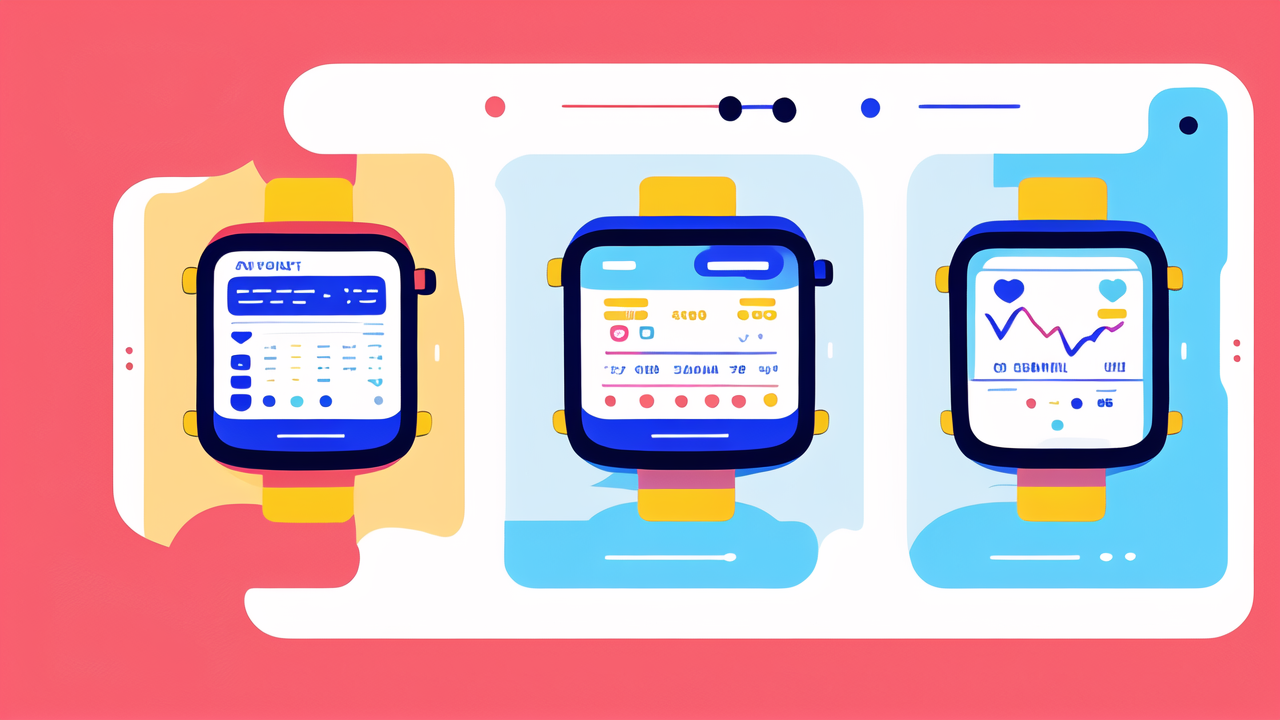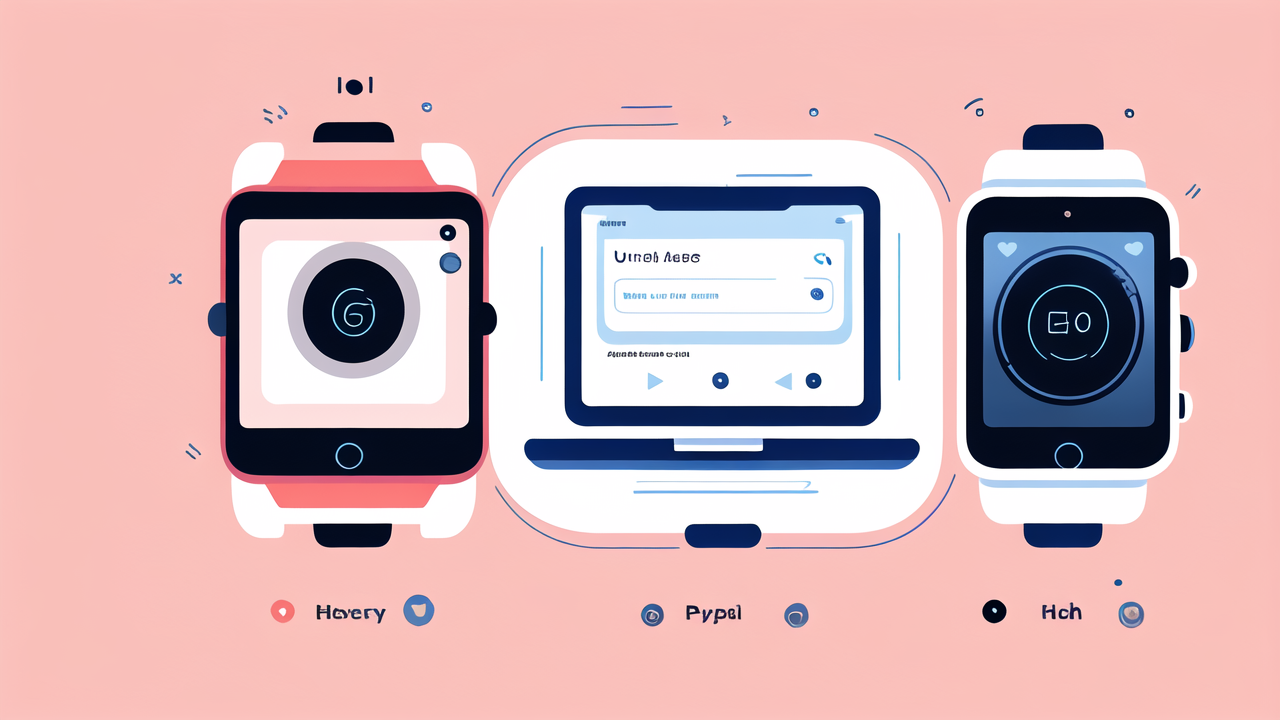The Rise of Digital Watches: A Look at Market Trends and Consumer Behavior
The Shift to Smart Timekeeping in the United States
The United States has seen a big change in how people tell time. More and more folks are using digital watches. These smart devices are not just for telling time. They can do so much more.

People like digital watches because they're easy to use. They show the time clearly. Many can connect to phones. This lets users get messages and calls right on their wrist.
The trend is growing fast. Sales of digital watches are going up each year. Many brands are making these watches now. They come in different styles and prices.
Consumer Expectations for Digital Watches
People want a lot from their digital watches these days. They expect more than just telling time. Here's what many consumers look for:
- Fitness tracking
- Heart rate monitoring
- Sleep tracking
- GPS for location
- Water resistance
- Long battery life
- Smartphone notifications
Buyers also want watches that look good. They should be comfortable to wear all day. The screen should be easy to read in all lights.
Market Analysis: Digital Watches and Traditional Timepieces
The watch market has changed a lot. Digital watches are now big players. They're giving traditional watches tough competition.
Traditional watches are still popular for their style. But digital watches offer more features. This makes them appealing to many buyers.
Some key points about the market:
- Digital watch sales are growing fast
- Traditional watch sales are steady but not growing as much
- Many people own both types of watches
- Young buyers often prefer digital watches
- Luxury brands are making their own smart watches
The future looks bright for digital watches. They keep adding new features. This keeps buyers interested and coming back for more.
The Technology Behind Digital Watches: Features and Innovations
Advanced Sensors and Connectivity in Modern Digital Watches
Today's digital watches are packed with cool tech. They have tiny sensors that do big jobs. These sensors can track your steps, heart rate, and more.

Most digital watches have these sensors:
- Accelerometer: Counts steps and tracks movement
- Heart rate monitor: Measures your pulse
- GPS: Tracks your location
- Altimeter: Measures altitude
These watches also connect to other devices. They use Bluetooth to link with your phone. Some even have Wi-Fi. This lets them update and sync data on their own.
NFC is another tech in some watches. It lets you make payments with just a tap of your wrist. It's like having a tiny wallet on your arm.
Software and User Experience Evolution
The software in digital watches keeps getting better. It's what makes the watch easy and fun to use. Good software can make a big difference.
Watch makers focus on creating smooth, user-friendly interfaces. They want anyone to be able to use their watches easily. Many now have touch screens. Some also use buttons or dials for control.
Apps are a big part of the software story. Most digital watches can run apps. These add new features to the watch. You can get apps for:
- Weather updates
- Music control
- Navigation
- Fitness coaching
- Language translation
The goal is to make the watch feel like a natural part of your day. It should be helpful without being annoying.
Battery Life and Power Efficiency in Digital Watch Design
Battery life is super important for digital watches. Nobody wants to charge their watch all the time. Watch makers are always trying to make batteries last longer.
Here are some ways they're improving battery life:
- Using low-power displays
- Making more efficient processors
- Adding power-saving modes
- Using smart algorithms to manage power use
Some watches now last for days or even weeks on a single charge. Others use solar power to help keep the battery going.
Charging has also gotten easier. Many watches now have wireless charging. You just set them on a special pad to charge. No need to plug in any cables.
The challenge is balancing features with battery life. More features often mean shorter battery life. Watch makers are always looking for new ways to solve this problem.
The Impact of Digital Watches on Various Industries
Health and Wellness: Wearable Fitness Technology
Digital watches are changing how we think about health. They're not just for athletes anymore. Everyone can use them to stay healthy.

These watches can track lots of health data:
- Daily step count
- Calories burned
- Heart rate
- Sleep patterns
- Stress levels
This info helps people make better health choices. It's like having a personal health coach on your wrist.
Doctors are starting to use this data too. It can help them see how patients are doing between visits. Some watches can even detect heart problems early.
Fitness apps on watches make working out more fun. They can guide you through exercises. They also track your progress over time.
The Role of Digital Watches in Professional Settings
Digital watches are finding their place in the work world. They're not just for personal use anymore. Many professionals are using them on the job.
In offices, digital watches help people stay on schedule. They can silently alert you to meetings. This is less disruptive than phone notifications.
Some jobs use digital watches in special ways:
- Nurses use them to time patient care tasks
- Pilots use them for flight calculations
- Chefs use timers for cooking
- Delivery drivers use GPS features
These watches can also improve workplace safety. They can detect falls or send alerts in emergencies.
Many watches now have work-related apps. These help with tasks like time tracking or expense reports. It's like having a tiny work computer on your wrist.
Retail and E-commerce: Enhancing the Customer Experience
Digital watches are changing how we shop. They make buying things easier and more personal.
In stores, watches can help you find deals. They might buzz when you're near a sale item. Some stores use them for contactless payments. You can pay with just a tap of your watch.
For online shopping, digital watches offer new ways to buy:
- Voice ordering through the watch
- One-click purchasing for frequent items
- Tracking package deliveries
Retailers are using watch data to understand customers better. This helps them offer more personalized service.
Some watches now have AR (augmented reality) features. These could let you "try on" clothes virtually. Or see how furniture would look in your home.
Digital watches are making shopping faster and more convenient. They're helping blur the line between online and in-store shopping.




Leave a comment
This site is protected by hCaptcha and the hCaptcha Privacy Policy and Terms of Service apply.